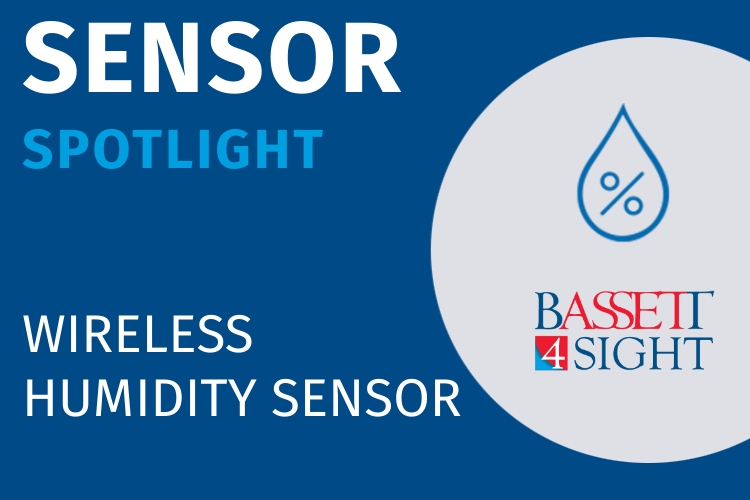Air quality has a significant impact on health, safety, and productivity in both residential and industrial settings. Wireless air quality sensors are revolutionizing how we monitor and manage the quality of the air we breathe, providing precise data in a user-friendly format. Let’s take a closer look at how these sensors work and where they are most effective—and how Bassett4Sight can help you maximize their potential.
How Do Wireless Air Quality Sensors Work?
These advanced sensors operate by drawing in a sample of ambient air through a small fan at the beginning of a measurement cycle. Once the air is inside the device, a laser measures the particulate matter (PM) content by scattering light off the particles in the sample. The amount and size of the scattered light indicates the concentration and size distribution of particles suspended in the air.
The wireless design ensures easy integration into existing monitoring systems and allows for remote data collection, making these sensors a convenient solution for various industries. Coupled with Bassett4Sight, our performance-based asset management tool, you gain enhanced visibility and control over sensor performance and insights.
Where Are They Used?
Wireless air quality sensors are versatile tools with a wide range of applications, including:
- Building and Room Air Quality Monitoring: Ensures healthy indoor environments in homes, offices, and public spaces.
- Pollution Sensing: Tracks outdoor air quality to help mitigate environmental health risks.
- Cement Factories: Monitors dust and particulate matter emissions to ensure compliance with regulations.
- Construction and Demolition Sites: Protects workers by monitoring airborne dust and debris levels.
- Waste Treatment Facilities: Detects harmful airborne contaminants to maintain safety standards.
- Production and Manufacturing Facilities: Ensures workplace safety by monitoring air quality in industrial environments.
By integrating these sensors with Bassett4Sight, you can centralize air quality data across all your facilities, enabling proactive maintenance and compliance tracking.
Key Benefits of Wireless Air Quality Sensors
- Ease of Use: Their compact, wireless design makes installation and maintenance simple.
- Precision: Laser-based technology provides accurate readings of particulate matter concentrations.
- Real-Time Monitoring: Enables immediate response to air quality concerns.
- Flexibility: Applicable in a variety of settings, from commercial to heavy industrial environments.
- Data Integration: Supports connectivity with building management systems and IoT platforms for seamless reporting.
With Bassett4Sight, you can harness these benefits while gaining advanced analytics and tailored reporting to make more informed decisions.
Why It Matters
Air quality sensors play a critical role in safeguarding health and ensuring compliance with environmental regulations. With real-time monitoring, organizations can:
- Enhance Safety: Protect workers and occupants from harmful air pollutants.
- Ensure Compliance: Meet stringent environmental standards for particulate matter emissions.
- Improve Efficiency: Optimize air quality control systems for better performance and cost savings.
- Support Sustainability: Contribute to healthier environments by monitoring and reducing air pollution.
Bassett4Sight extends these advantages by offering predictive insights, helping you anticipate potential air quality issues before they arise.
Wireless air quality sensors offer a practical and effective solution for monitoring air quality in diverse environments. From protecting workers on construction sites to maintaining healthy indoor air in offices, these sensors provide reliable, actionable data to support better decision-making. By pairing them with Bassett4Sight, you can elevate your air quality management strategy, ensuring comprehensive monitoring and long-term performance.
Ready to improve air quality in your space? Contact us to learn more about how our wireless air quality sensors and Bassett4Sight can help you meet your goals.
Explore More: https://www.bassettmechanical.com/what-we-do/building-automation-controls/




